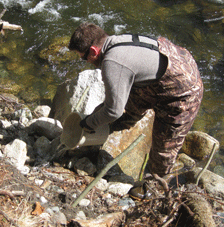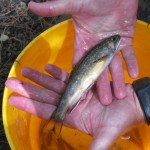As of Dec. 15, the Trescott Water Supply Lands are open for public recreation. Please help keep this beautiful area open for all to enjoy, by observing simple rules that protect our community’s drinking water quality. MORE
When you shop at smile.amazon.com, we hope you’ll consider designating the Hanover Conservancy to receive a donation of 0.5% of your purchase – at no cost to you. ‘Tis the season!
2017 Winter Trips – our colorful trip card will arrive in current members’ mailboxes right after Christmas. Look for yours!






